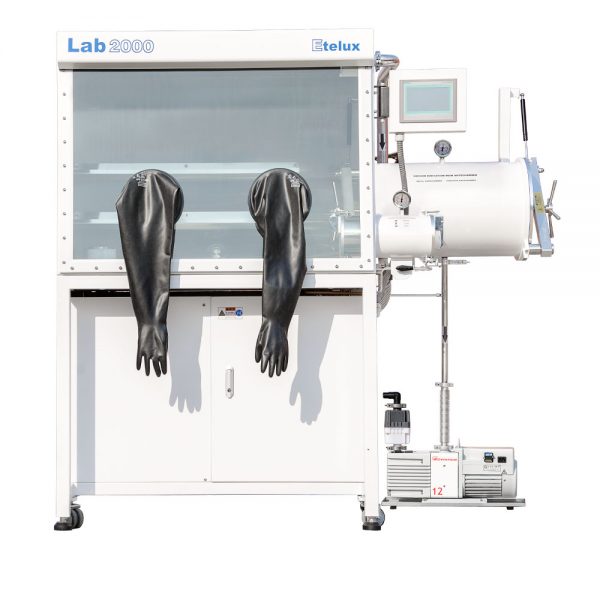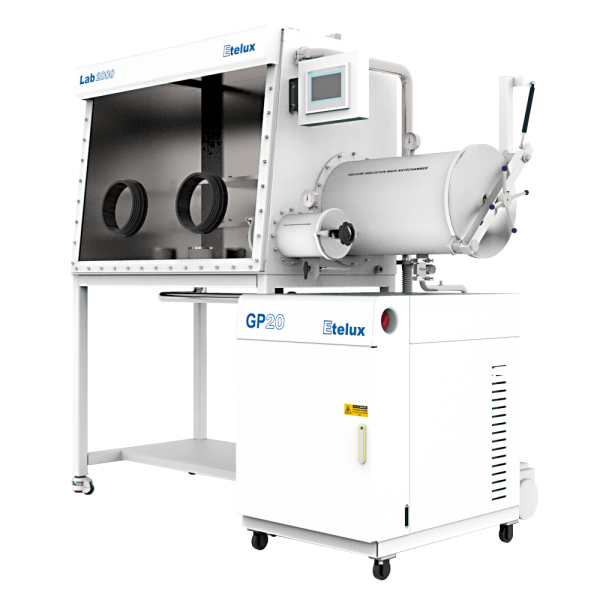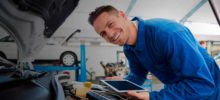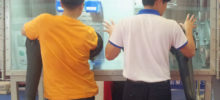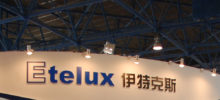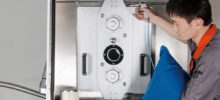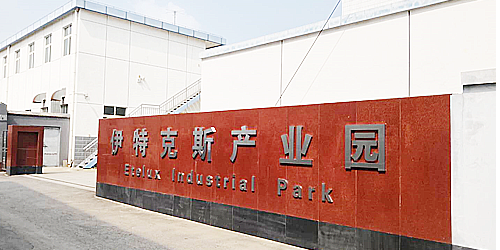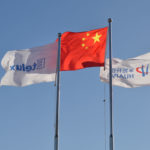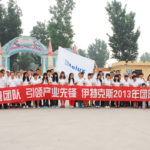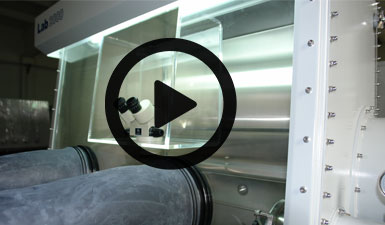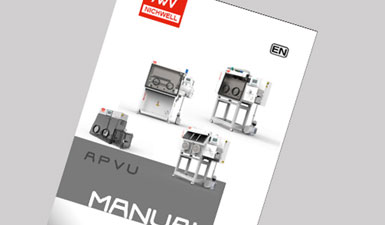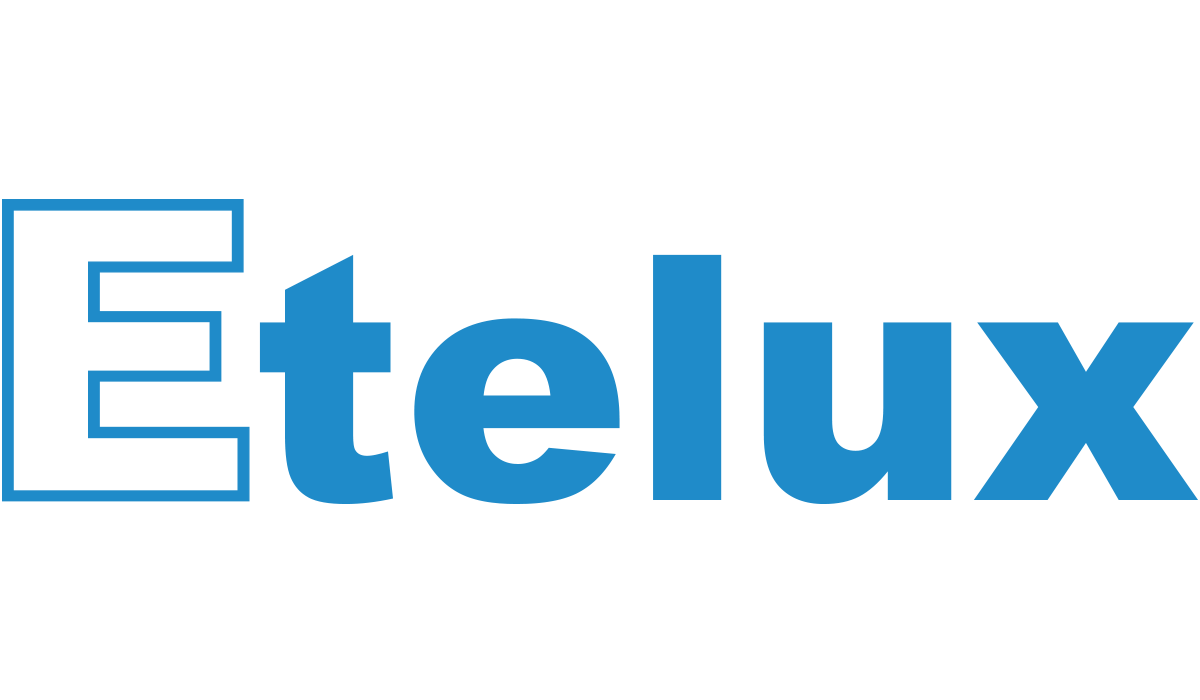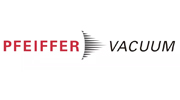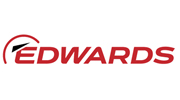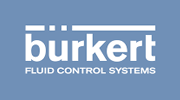2020 is the first year of MiniLED, dozens of domestic companies have released a fixed proposal within this year. In fact, investment in MiniLED/MircroLED is not unique to domestic enterprises, Apple bet on MiniLED technology is no longer a secret. There is news that Apple may use MiniLED screen in iPad, iMac, MacBook next year.
MiniLED and MicroLED the two words ending in LED, reminiscent of the expensive and high-end technology known as OLED. As an unfamiliar term, the vast majority of people do not know what it really is.
A light-emitting diode (LED) is a semiconductor light-emitting component. The display principle is to utilize the electroluminescence effect of the semiconductor diode, so that the pixel unit to realize the active light-emitting. LEDs made of different materials emit different wavelengths of light, resulting in different colors. LEDs are mainly used in general lighting, landscape lighting, displays, backlighting applications, signals and indications, automotive lighting and other fields, i.e., lamp lighting, outdoor equipment, and automotive taillights that are common in our daily lives.
So, will OLEDs be replaced?
The reason why OLED has the risk of being replaced by MiniLED is ultimately due to the limitations of the OLED production process. In the OLED display production process, there is an electroluminescent material (EL) film forming process, the process can be used in the way of evaporation process, can also be used in the way of inkjet printing process.
The evaporation process evaporates the light-emitting layer through a fine metal mask (hereinafter referred to as FMM), which is suitable for small and medium-sized displays but is difficult to scale up to large-area applications.The FMM is typically very thin to minimize shadowing effects during the evaporation process. The disadvantage of this thinness is that the wide-area mask becomes brittle under its own weight and is prone to sagging or warping, which can distort the mask pattern. Currently, vapor deposition is commonly used to produce OLED displays.
Another characteristic of OLEDs is that they are expensive because of the high defect rate. The cost of large-size OLEDs has risen exponentially, and OLED large-screen TVs are basically never below five figures. The counterpart to the vaporization process is the inkjet printing process technology. As a more cutting-edge technology, inkjet printing OLED technology will increase production speed, reduce material waste, and is expected to renew the life of OLED technology, so that the OLED technology and MiniLED technology can be a long-term rivalry between.
MiniLED’s core technology is still used is LED technology. the core of LED technology is in the semiconductor silicon base epitaxial, LED epitaxial part of the end of the need to have lit the LED crystal film is not encapsulated directly transported to the drive backplane. In MiniLED production, the need to move millions or even tens of millions of micron-sized LED grains correctly and efficiently to the circuit substrate.
The manufacture of display devices requires a dust-free environment. And the dust-free environment will involve a glove box products – Class 100 Purification Glove Box.
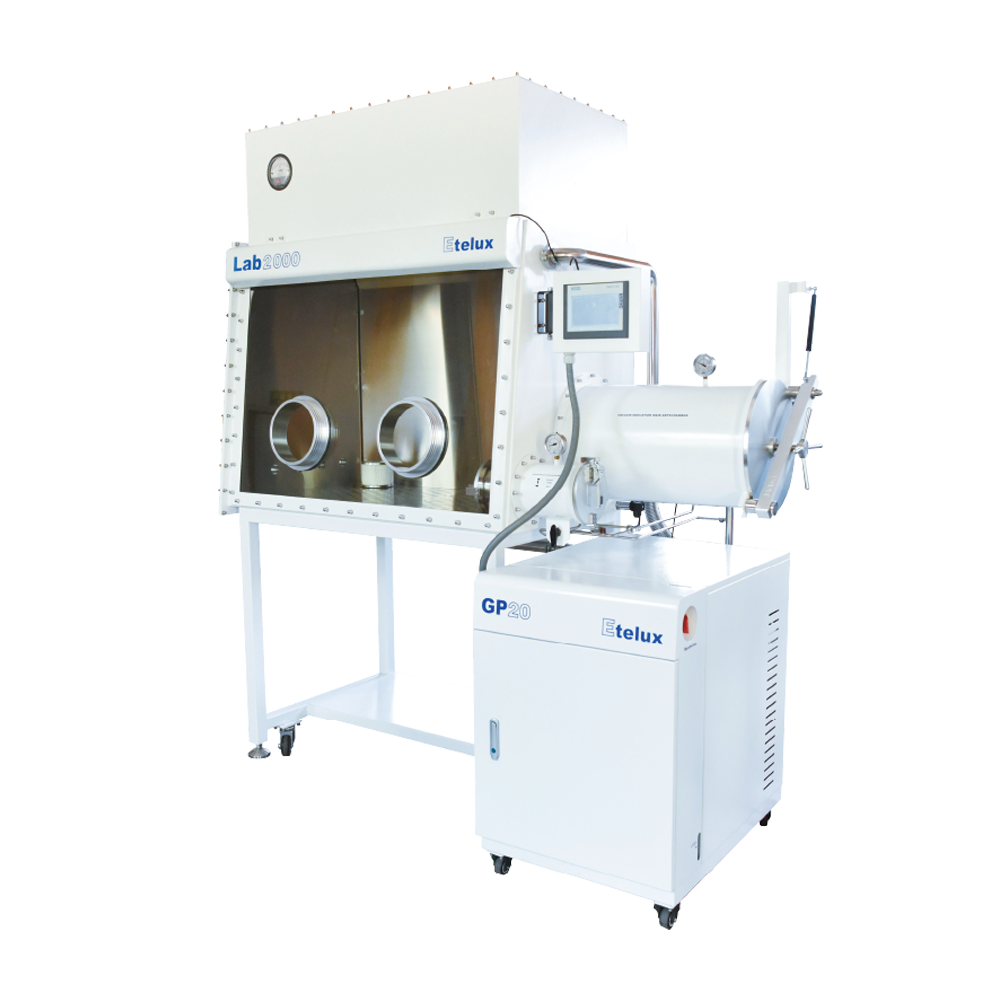
Class 100 Purification Glove Box is a set of high-performance, high-quality automatic absorption of water, oxygen molecules, super purification glove box. It can provide a clean working environment needs of closed loop working system, can meet your specific clean requirements: a O2 and H2O ≤ 1ppm inert gas protection environment. The system is designed to be an economical circulating purification system and glove box for FFUs to meet customer research and development. The fan draws the gas in from the top of the FFU and sends the clean gas back to the box after being filtered by the primary and high efficiency filters (closed loop).
Product Features
- Simplicity: Manufactured in strict accordance with German technology standards, it adopts Siemens 7-inch touch screen operation, and the operation interface is simple and easy to get started.
- Safety: modular design, professional no-leakage sealing technology, ultra-low leakage rate ≤ 0.001%, (industry standard ≤ 0.050%), strictly according to the standard “EJ_T1096_1999_Sealing chamber sealing classification and its test methods” in the first class sealing chamber acceptance.
- High efficiency: ultra-low water oxygen ≤ 0.1ppm, imported purification materials, high adsorption efficiency, a year of regeneration, re-use.
- Energy saving: ultra-low power of the whole machine, intelligent control of fan and vacuum pump.
- Hundred-level: excellent gas uniform distribution performance, filtration efficiency of 99.999%
Class 100 Purification Glove Box can be widely used in water-free, oxygen-free, dust-free ultrapure environment, especially can be applied to OLED, MOCVD manufacturing;
In addition, in the lithium-ion batteries and materials, semiconductors, super capacitors, special lamps, laser welding, brazing, materials synthesis, etc. can also create a completely purified environment, which also includes biological applications, such as anaerobic bacterial culture, cell culture and other experimental projects in low oxygen.
Good OLED products have a wide range of applications such as cell phone screens, computer screens, large monitors and other display products, so it can be said that for the production environment of display materials, 100 purification glove box is a very important production protection equipment!
If you have any questions, please contact Etelux.

